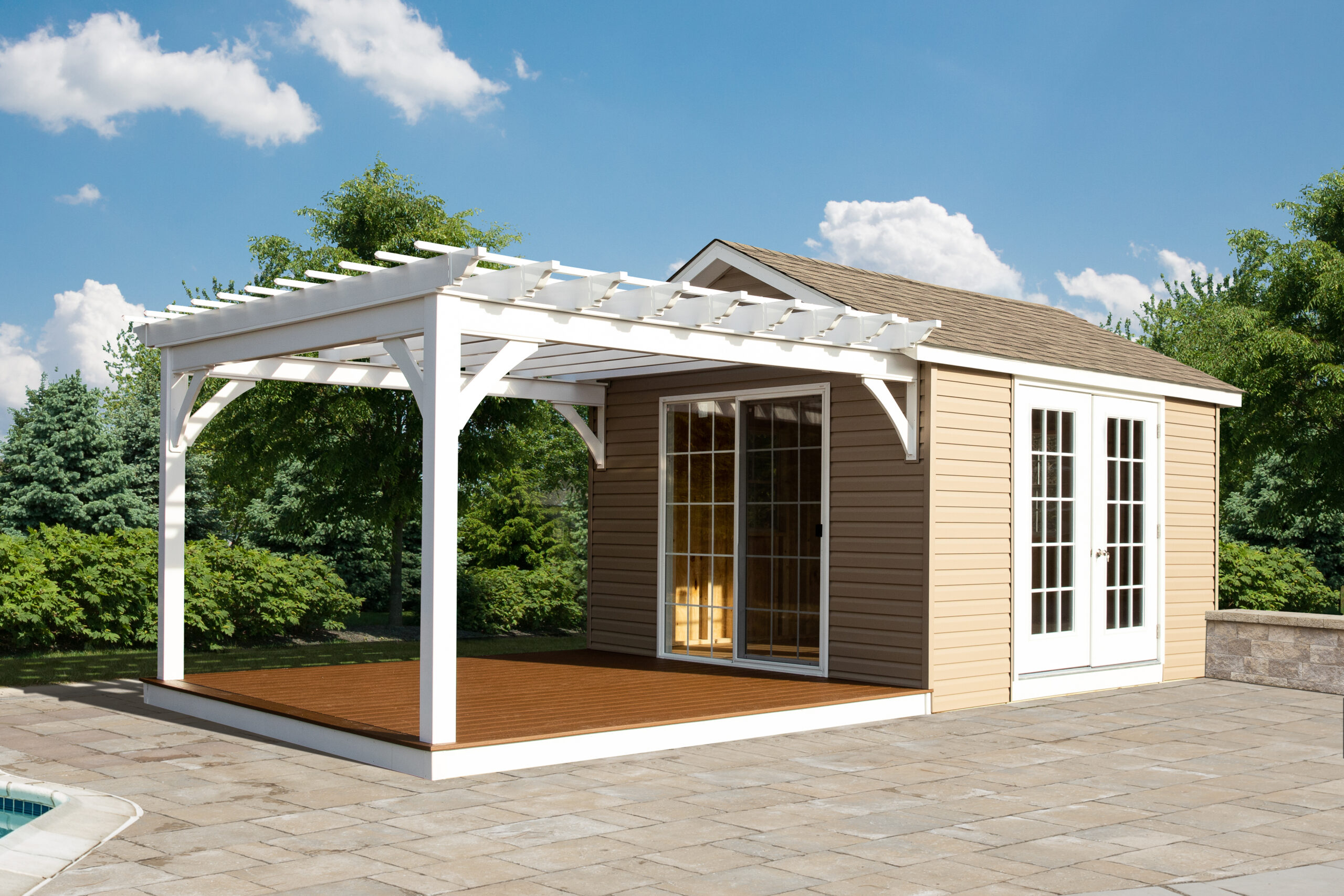Whether you reside in a rural location or the city, it is possible to raise your own chickens if you have a sufficiently sized garden and choose the appropriate large chicken coop. Keeping chickens is simple and can be rewarding. Also, it is a wonderful way to bring the family together. Due to their curious and eccentric nature, chickens make fantastic pets.
Don’t be surprised if you develop an attachment to your chickens, or vice versa. You’ll need the right chicken coop if you plan to keep your chicken without any hassle. That’s because a good chicken house should provide a great environment for the chicken to sleep, lay their eggs, and generally feel comfortable in.
Purchasing a chicken coop can be daunting, with so many shapes and designs to select from. Here are some guidelines to help you determine the best chicken coop for your needs and ensure a successful purchase.
1. Pay attention to the quality of the chicken coop.
Amish communities produce many chicken coops in the United States. Because most Amish are farmers, they understand what is required from a coop. These coops are often constructed with superior craftsmanship; they will not fall apart after a single season. Many prefabricated coops originate in China. In general, they are inexpensive and reasonably appealing, but the quality of the craftsmanship is inadequate. You can evaluate the quality of the coop yourself by answering these questions:
Are there gaps where boards intersect? This is not suitable for colder climates.
How durable is it? If you press on it, does it sway and rock?
What is the thickness of the wood? It should be a minimum of 10 mm.
Are the hinges and hardware corrosion-resistant?
What kind of lock is it equipped with?
Does hardware mesh cover windows and vents?
Is it made of plastic? Remember that predators will attempt to gain access to your birds without delay.
Although you may always replace hinges, bolts, and locks, your money will be wasted if the construction itself is not of good quality. Verify that the parts fit nicely together. No cracks or openings should exist where a winter draft could cool the birds. Be cautious that if the wood is quite thin, it may bend and twist after a few months in the elements — this is one of the most common complaints about these inexpensive coops.
It must be able to resist the weather conditions in your region. Sudden windstorms or thunderstorms have destroyed many coops in the past and you wouldn’t want this for your large chicken coop.
2. Portable vs. stationary
You can choose either a stationary or portable chicken coop. That choice will depend on your personal needs, preferences, and budget.
Portable chicken coops are the most common choice for domestic chicken keepers with fewer hens. The ability to shift these coops around to meet the demands of your chickens is its main selling point (for example, to give them a new area to forage in).
On the other hand, if you’re searching for a permanent, fixed building, stationary chicken coops are best. They are made of a variety of sturdy, well-insulated materials. These shelters should ideally be constructed on stilts to allow for optimal ventilation and shield your chickens from any potential damp problems. The fact that these chicken coops may be manufactured to order and are available in a wide variety is their greatest advantage. Only chickens permitted to roam freely outside the coop throughout the day should choose this option with adding a run area.
3. Choose the correct size.
The number of hens you own will determine the size of your chicken coop. Most chicken coop experts recommend around two square feet per adult bird. Selecting the right-sized coop for the number of hens helps maintain a suitable temperature within the coop and reduces damage caused by pecking, which occurs when the coop is overcrowded.
In addition, you must select how many nesting boxes to install within your chicken coop. Nesting boxes provide chickens with a clean, private place to lay eggs. At least one nest box should be provided for every four to five chickens. Nesting boxes must be set a few feet above the ground, or hens may not use them.
You will also need to evaluate the space you provide outside the coop for your chickens. A chicken run is an enclosed outdoor space where chickens may stretch out, bathe in the dust, and forage and scratch in the grass. When designing a chicken run, allocate between eight and ten square feet per mature bird.
4. Consider the climate of your area.
Do you reside in a cold, dry, or desert region? These factors will determine the type of chicken house you should purchase and its placement. For instance, if you reside in a region with chilly winds from the north, placing the coop against a wall or building that will lessen the wind will assist in keeping your birds warm throughout the winter months.
If it is blisteringly hot by midday, installing the coop in an area shaded from the hottest part of the day will be beneficial. The key thing here is that you need to purchase weather-appropriate clothing. Examine your land carefully before making a purchase; where exactly will you place the coop?
5. Pay attention to the cost of the chicken house
If you wish to, you can get a coop for as low as $99.00. But remember that there is a reason why the coop is that inexpensive. Depending on what you want, coops can cost anywhere from $99.00 to over $30,000. Most coops whose prices fall in the mid-range are effective at keeping the chickens safe, warm, and dry. The coop adds an added degree of security, and a lot of them include a pen inclusion that fits around. Check out more blogs such as “How to get the most out of a small chicken coop“


